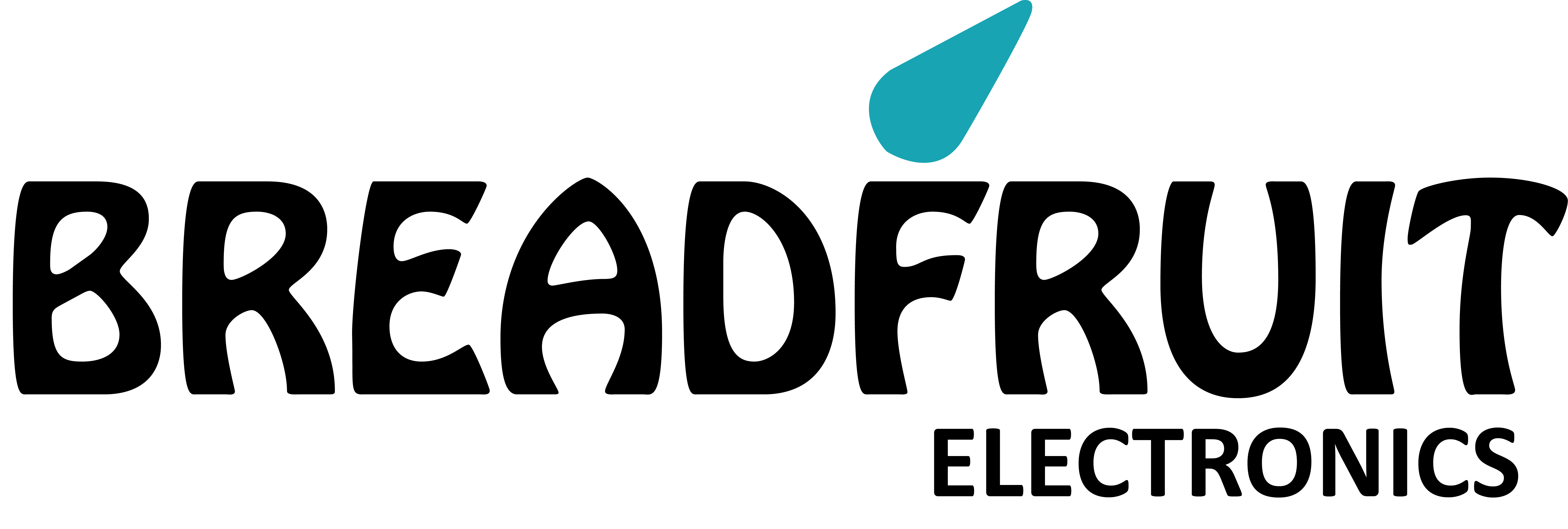Also, consider using accounts receivable software to optimize invoices, finetune payment process, and receive payments on time. Shareholders’ equity is an important section to keep an eye on because it is the amount that remains after your company’s liabilities are paid. This essentially shows your net worth, and how much money you can https://templotibidabo.info/how-profitable-is-it-to-sell-my-house-to-a-quick-home-sale-investor-in-virginia/ use to reinvest in your business. The company’s investment capital is the money that you will pay back to your investors in dividends.
What is Inventory Stock?
A company must also usually provide a balance sheet to private investors when attempting to secure private equity funding. In both cases, the external party wants to assess the financial health of a company, the creditworthiness of the business, and whether the company will be able to repay its short-term debts. The balance sheet is a financial report detailing http://www.materialscience.ru/guest_book/?page=653 a company’s assets, liabilities, and reports in a specific period. Depending on the specific accounting period, a balance sheet can be prepared monthly, quarterly, and annually. Working capital, also known as net working capital (NWC), is the difference between a company’s current assets and its current liabilities, such as accounts payable. A balance sheet is a statement of the financial position of a business; it includes the assets, liabilities, and owners’/shareholders’ (stockholders’) equity at a certain point in time.
Consolidation & Reporting
To do this, you’ll need to add liabilities and shareholders’ equity together. After the reporting period, the https://natafoxy.ru/blog/page/651/ balance sheet is displayed, while net income and cash flow statements are shown for the whole reporting period. The fundamental accounting equation states that a company’s assets must be equal to the sum of its liabilities and shareholders’ equity.
- She’s got more than twice as much owner’s equity than she does outside liabilities, meaning she’s able to easily pay off all her external debt.
- Customizable alerts enable organizations to focus resources on investigating high-risk anomalies, ensuring robust detection capabilities tailored to specific business needs.
- Employees usually prefer knowing their jobs are secure and that the company they are working for is in good health.
- Take a non-business example to maybe better this easier to understand.
How shareholders’ equity reflects company value
- The reason for this equation is that if you take the total assets of the business and then subtract the total liabilities, you are left with the amount that belongs to the business owners.
- This is in contrast with other financial reports like the income statement that presents company activities over a period of time.
- If depreciation expense is known, capital expenditure can be calculated and included as a cash outflow under cash flow from investing in the cash flow statement.
- The term assets describes anything of value that your business owns.
- All three of these business events follow the accounting equation and the double entry accounting system where both sides of the equation are always in balance.
For example, if your income statement covers the past year, this section of your report will show how much money your business made or lost during that time. In other words, the two sides of your balance sheet (assets and liabilities + equity) should be equal to each other. Here’s a simple example to illustrate how your balance sheet template might look once you’ve completed it. We’ll do a quick, simple analysis of two balance sheets, so you can get a good idea of how to put financial ratios into play and measure your company’s performance. Investors, business owners, and accountants can use this information to give a book value to the business, but it can be used for so much more. If you’ve found that your balance sheet doesn’t balance, there’s likely a problem with some of the accounting data you’ve relied on.
Intangible Assets
As with assets, these should be both subtotaled and then totaled together. The Smartsheet platform makes it easy to plan, capture, manage, and report on work from anywhere, helping your team be more effective and get more done. Report on key metrics and get real-time visibility into work as it happens with roll-up reports, dashboards, and automated workflows built to keep your team connected and informed. You’ll get bank details for the US, UK, euro area, Poland, Australia and New Zealand, to receive fee-free payments from these regions. Hold 40+ different currencies, and switch between them using the mid-market exchange rate.
An asset’s cost minus its accumulated depreciation is known as the asset’s book value or carrying value. Supplies includes the cost of office supplies, packaging supplies, maintenance supplies, etc. that the company has on hand. The general rule (except for certain marketable securities) is that the cost recorded at the time of an asset’s purchase will not be increased for inflation or to the asset’s current market value.
Maintaining a simple balance sheet is a smart way to track your company as it expands. Ready to take it to the next level and start working with international clients and investors? Get a Wise multi-currency business account to accelerate your business growth. This balance sheet sample shows different accounts reported and the layout of the document. A non-balanced balance sheet suggests potential errors in accounting or reporting, requiring meticulous review and reconciliation to ensure accuracy and compliance. There are a number of high-quality accounting software solutions available.
Financial Reporting
As your company grows, it will become increasingly important to detail each part of your finances and avoid any missteps in your accounting practices. To help you along your way, use CMMS software and asset management software and stay cash flow positive all year round. As stated previously, current assets should always be higher than current liabilities to ensure that your company can pay all of its expenses and not fall into debt. Current assets are all forms of capital that the company plans to use within one year of the date shown on the balance sheet.
